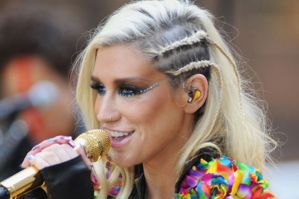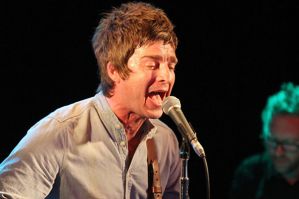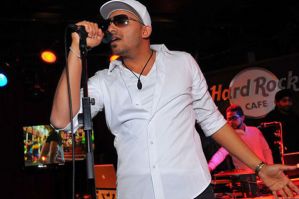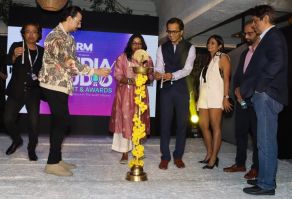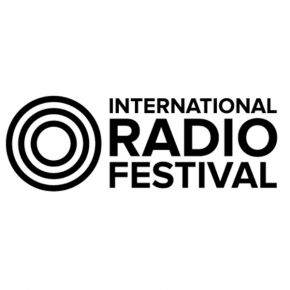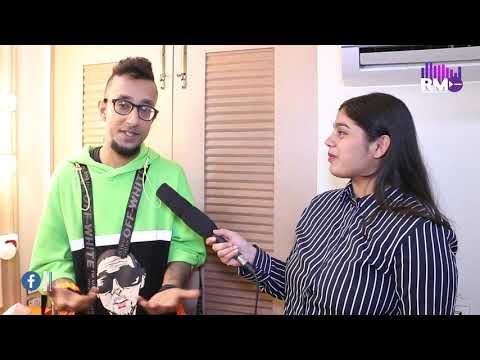When there is competition, you need to innovate: ex-Director General AIR

AIR may still be a part of households across the country for news, music or just some attachment to a rather cherished time. It remains, to this day, true to its status as a public service broadcaster, for which it has had to pay a price in the metros and tier two cities. To make today a #ThrowbackThursday of sorts, we decided to bring to you how the All India Radio has evolved and why it still deserves a special place in our hearts. For this, Radioandmusic.com spoke to Leeladhar Mandloi, ex-Director General of All India Radio, who has been with Prasar Bharti for over 37 years.
Tell us about an iconic progression you witnessed since your former years with Prasar Bharti
One iconic development throughout my years with Prasar Bharati has been the change in the area of sports. All live broadcasts of sports were started by AIR. Subsequently it came to Doordarshan and thereafter it went to private channels. So this tradition of live broadcasts in the area of sports and otherwise, be it Republic Day or Independence Day, any nation events were broadcasted live by AIR only. The other thing is the integration of this country has been done through film songs and Vividh Bharti has played a major role in that. This is something which should be understood and appreciated.
What were the different phases since the inception of AIR?
There were mainly three phases; medium wave, short wave and FM. We did not get responses as far as the short wave is concerned, so we shifted to FM and now we have shifted to DRM. All these medium and short wave transmitters will be converted into DRM transmitters that will broadcast good digital quality frequencies. We experimented in Rajkot and Chennai and another transmitter working here in Delhi. We are going to have this across the network. Soon, all the signal problems of medium and shortwave will go away and you will get FM quality sound.
How has the content progressed?
When there is competition, you need to innovate. The format may be the same but innovation is always required, whether it is in terms of format, content or style; it is an ongoing process. Every year we change our fix point chart, have workshops and brain storming sessions for change in the content. Also, with change in time and society, somany things are taking place in the area of information technology, education, corporate sector, and marketing. Earlier there was no marketing. Corporate news was not really broadcasted as much. The changes that are taking place force any broadcaster to change his content.
With all these changes, will AIR continue to have its original essence?
AIR is a public service broadcaster. Even in the commercial area, we never go purely commercial. Whatever we earn is one subject. But the essence of public service broadcasting is always there; in the content and in the designing of the content, we never leave a single inch space to change that. It could be in the form of changes in presentation on our FM stations. But even there we do not present it like the private FM channels.
What were the changes you helped bring about in your tenure at AIR?
When I joined AIR, there were certain areas which needed to be attended at top most priority. Our FM channels needed to be re-launched with new content and proper publicity. I took up the re-launch of the channels FM Gold and FM Rainbow.
Secondly, we needed to sort out the archival process pronto- from arranging the equipment to reviving the schemes of archives for the purpose of preservation and conservation, not just in Delhi, but the whole country. We started identifying the content which required to be preserved, for which committees were set up at every Kendra, with the experts of different languages and disciplines.
The third area to be addressed was marketing of our in house programs and otherwise. So we set up a target of 440 Crore and we managed to achieve almost 80 per cent of the target during my time. This year we are going to achieve that 440 Crore in lieu of the data being made available to us.
Fourth and perhaps most important, was reviving the brand image of AIR. When the new FM channels came in, there was little publicity and promotion for AIR programs. So we started events across the country. We organised more that 500 events which were observed on different days- the contribution of all the great musicians, writers and people in and associated with the area of broadcasting, was done in all languages and dialects. This gave AIR a boost because all the regional language newspapers carried what we did across the country. That way the image was builtup.
We also organised festivals dedicated to folk, tribal, live and classical forms of music. Our staff artistes, who are from different Gharanas, were performing only in the studios. We selected, from every zone, the top grade and A-Grade artistes and we gave them special assignments to prepare for the Jugalbandis. For two years we regularly organised these concerts and we saw a very important thing. In the very small places, normally, these big events are organised at the capital stations but went beyond that and we got the support, feedback and appreciation from the local stations also where normally no cultural activities take place.
Then we started recording reminisces of the topmost legends of the country. The recordings go from 3-6 hours, where they discuss history, their contributions but the times they met the legends of the time. They helped us record how they feel and how their period emerged in their own discipline or otherwise. We completed a target of about 190 autobiographies which were completed for AIR out of which some 40-50 autobiographies were recorded in my time.
So many legends were brought in to make CDs which were then released both in the Hindustani Shailee as well as the Carnatic Shailee. The functions were held in Chennai, Bangalore, Dharwad, Bhopal, Delhi and others. We held exhibitions where we displayed paintings of unseen photographs of legends that belonged exclusively to AIR. We selected 20 of these photographs that were painted by a Mumbai based painter, which were later displayed in some of the Kendras.
Where is AIR now digitally?
During my time, DD2, FM Gold and Urdu service of AIR was already available on the internet. The news is on the internet and will be on SMS also. We are going with the new technology as far as the internet is concerned. Our 21 channels are available on DTH platform. On TV, we have given service providers services of all our channels at AIR on DTH platform also. On the same TV, through dish, you can download and enjoy AIR across the World, not just in our country.






